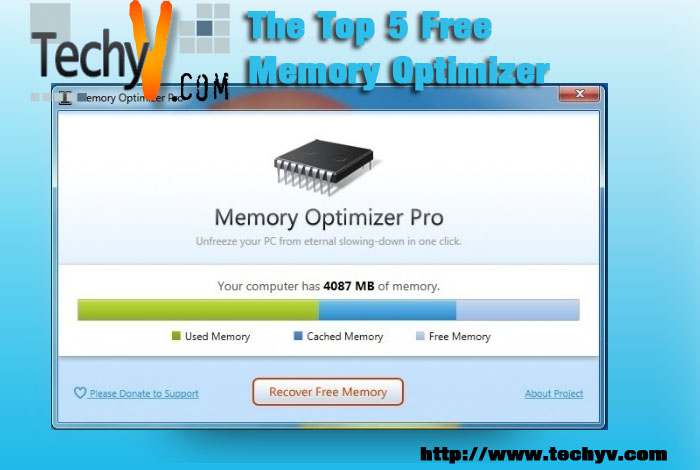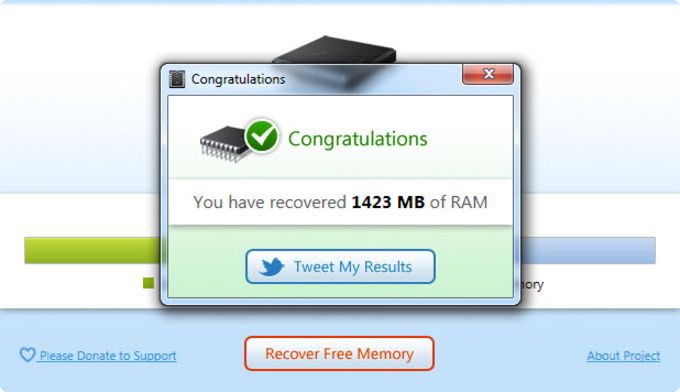

We know users want control over their PCs. Every time they do this your PC has to essentially pause and recover from this brutish operation!īitsum’s SmartTrim, part of Process Lasso, is an effort to mitigate the negative effects of improperly written RAM optimizers & imperfect RAM usage, while giving users the control they desire. That immediately causes those processes to page back in the memory that was being actively used (page faults). However, they do so for ALL running processes, regardless of whether the process has any excessive RAM use or not.

Others use the correct APIs to clear the working set. Many allocate as much memory as they can, until they are finally denied memory. Perhaps the biggest reason we object to these ‘optimizers’ is that the implementation of every one we’ve evaluated has been atrocious. Now, there may be extremely rare examples of violations of the ‘protection’ surrounding a process’ virtual memory space, but they aren’t applicable here. Modern operating systems like Windows are designed in such a way that when a process terminates, it takes all its allocated virtual memory with it. Misconception: There is leftover junk in RAM Any byte of memory is retrieved as quickly as any other, no matter where it is located. That means there is no mechanical head moving (as in HDDs & optical drives) from one spot to another. Caches can be thrown away, thus can be held in this ‘free’ memory.

Basically, it’s mostly used to mean how much memory is available to applications for allocation. So, then you get into the definition of ‘free memory’. Also note that memory considered ‘free’ is normally used as a disk cache by operating systems. REALITY: Some free RAM is good, but your RAM is the fastest storage medium you have, so ideally you want it to be fully utilized. We’ve written articles trying to correct the misapprehensions that fed this beast of a market. Bitsum has always been very critical of the RAM optimizer market, even during the height of its popularity – and with good reason.


 0 kommentar(er)
0 kommentar(er)
